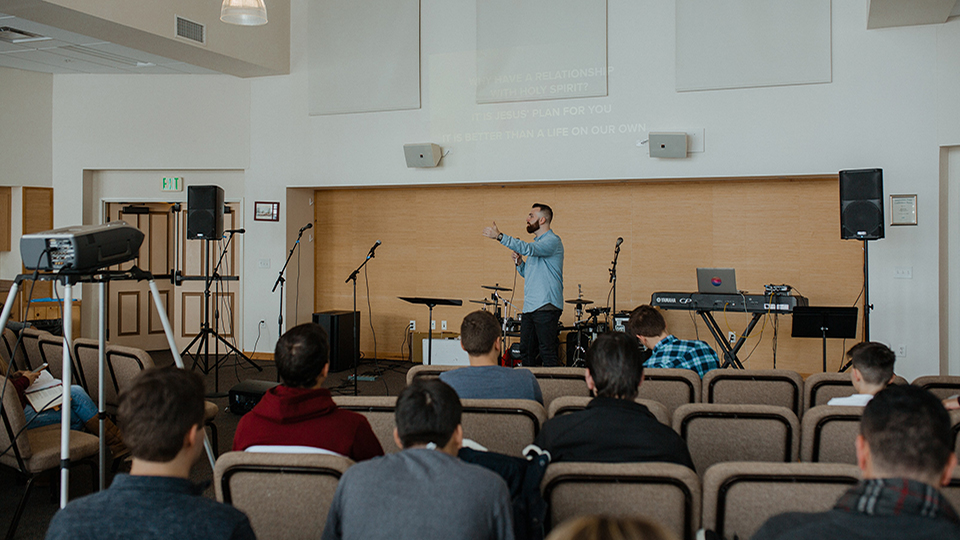
There is no shortage of times of crisis when doing business on a global scale. Succeeding or failing in those emergencies depends on successful planning. This type of plan is called strategic planning.
To many, strategic planning is a fancy term used when executives get together to forecast the future of the organization. Even the term “strategic” is often misunderstood and misapplied. The root word, ” strategy ,” is defined as a plan or method for achieving a goal, usually over a period of time (Webster). So strategists gather around a table to create strategies to put into a strategic plan. That makes for an expensive day of strategic planning that usually ends with an action plan of goals optimistically designed to increase business.
If we are unprepared to handle the problem, then failure may be imminent.
Decades ago when my father was preparing me to go into business, he taught me a simple principle that worked for me countless times over my 34-years in business. He told me, “That light at the end of the tunnel isn’t hope. It’s a freight train.” Clearly, this contradicts the famous phrase, “Don’t be fretful. There’s light at the end of the tunnel.” That makes the word picture of hope (light) piercing the darkness. We can even base this saying on Psalm 30:5, “… weeping may stay for the night, but rejoicing comes in the morning.” So was my father being a pessimist and contradicting Scripture? Or is he a realist?
The freight train coming through the tunnel is an oncoming problem in business. If we are unprepared to handle the problem, then failure may be imminent. However, if we have attempted to identify possible future problems in our strategic planning sessions, we can be prepared to handle it without chaotic management.
Being prepared doesn’t mean it won’t be a crisis situation. We may have a crisis on our hands, but we have a rational and methodical course of action to take. Preparation through strategic planning is the critical difference between reactive management and responsive management techniques. We will not react to the problem but respond to it using actions formulated beforehand.
Contingency planning is the correct term we should use. Webster defines a contingency as “an emergency event that may but is not certain to occur, and is liable to happen as an adjunct to or result of something else.” Contingency planning is like playing chess. Before I make a move, I try to think through the possible responses of my opponent. If my move puts my chess piece in jeopardy, I must seek an alternative move. I continue this thought process through any number of iterations until I arrive at a move that will not result in the loss of my property. The move may be offensive or defensive. I have tried to think of every possible contingency that will lead to a successful move.
Being prepared doesn’t mean it won’t be a crisis situation.
So that light at the end of the tunnel being a freight train bringing a crisis upon us will not cause panic and be catastrophic to our business. There may be some collateral damage, but it will not destroy us. We have done our best to minimize the negative impact of the crisis.
In fact, if it is a foreseen end run by one of our competitors, we may have an action plan that not only halts the freight train but creates an opportunity for even greater success–described as a tactical feint.
So as you as you prepare in business, remember the freight train. Do not fear it. Plan for it.
Want more ThoughtHub content?
Join the 3000+ people who receive our newsletter.
*ThoughtHub is provided by SAGU, a private Christian university offering more than 60 Christ-centered academic programs – associates, bachelor’s and master’s and doctorate degrees in liberal arts and bible and church ministries.



